“Look deep into the nature and then you will understand everything better”
-Albert Einstein
A consequence of millions of years of continuous improvement through natural selection, nature appears to have a solution for everything – find out how nature has aided humans in solving contemporary world problems.
Despite the improbable inventiveness and engineering expertise, humans have demonstrated over the past millennia, we are continuously looking for new inspiration and ways to enhance our designs. Given, evolution has the advantage of millions of years of trial and error to rectify its patterns in nature, it is sensible that human development can benefit in enticing from its influence.
When we think about sponges, we tend to think of something soft and squishy. But researchers are using the glassy skeletons of marine sponges, found in deep-sea as inspiration for the next generation of engineering; including taller and stronger buildings, more sustained bridges, and lighter spacecraft.
Venus’ Flower Basket: The Deep Sea Sponge
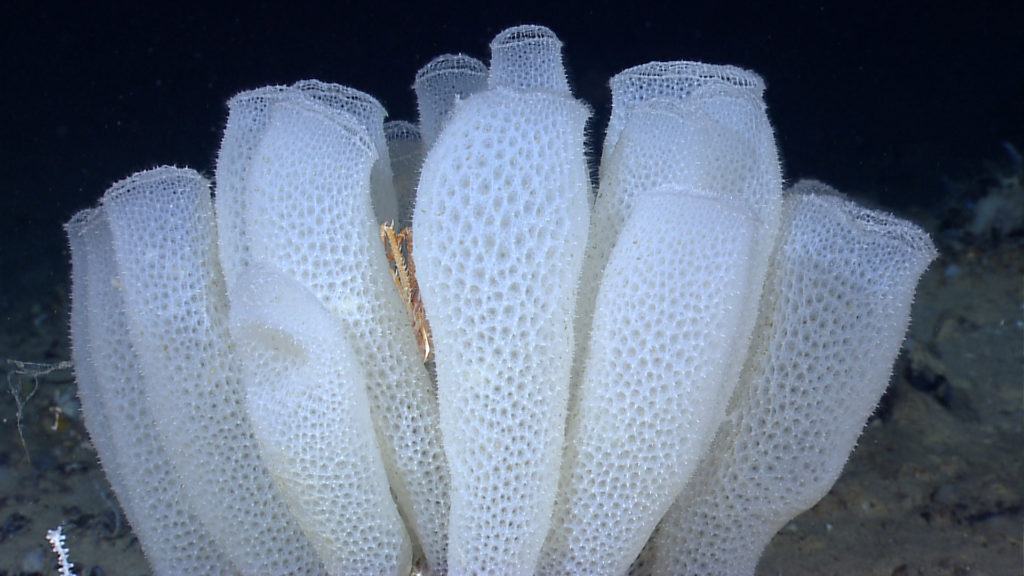
[Image: OER]
Venus’ Flower Basket (Euplectella aspergillum) is a marine sponge that lives anchored to the deep ocean floors in the Pacific Ocean. This animal has a seemingly delicate body, but the tube-shaped sculpture stands 10-30 cm tall and feeds on planktons by filtering the seawater flowing through the body. Their cylindrical skeleton is made of silica which is the main component of glass, hence the name glass sponges. Venus’ flower basket’s skeleton is tough and durable owing to its composition and arrangements, unlike glass which is usually brittle and fragile.
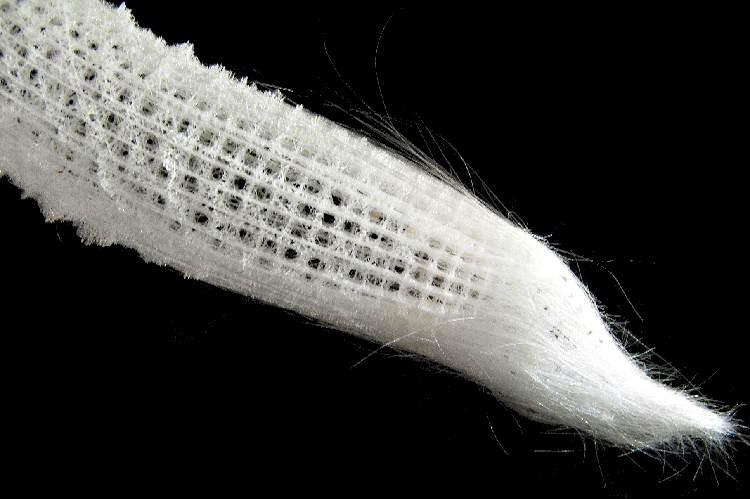
The sponge’s glass skeleton is built up of spicules and tubule structures of concentric layers of amorphous hydrated silica insulated by thin organic layers, like a pastry with just a dash of sweet cream between flaky crusts. But these small organic layers play a major role in imparting a considerable toughness to the structure. Biomineralization is also seen in organisms such as the abalone, but the mineral portion does not seem to have a natural crystalline arrangement as detected in the glass sponges.
Experiments insinuate that the silica layers are composed of colloidal spheres of silica about 50 to 200 nm in diameter, which is in turn made up of smaller spheres about 2.8 nanometers in diameter. For comparison, the smallest sand grains on a beach are about 60 nm in diameter.
Each spicule has alternating layers of inorganic silica and organic compounds, which covers the central protein filament. The inorganic layers are composed of hydrated silica nanoparticles and are relatively rigid. However, the organic layers appear to be weaker but absorb energy. This layered organization of the alternating firm and weak layers can limit fractures at the surface of a spicule from expanding deep into the core.
Engineering Inspiration: Taller Building and Sturdy Bridges
According to the research paper published in Nature Materials, the researchers from Harvard’s Wyss Institute and SEAS attested that the diagonally-reinforced square lattice, as observed in the skeletal structure of Euplectella aspergillum, a deep-water marine sponge, has a higher strength-to-weight ratio than the traditional lattice designs that have been adopted for the construction of buildings and bridges since past few centuries.
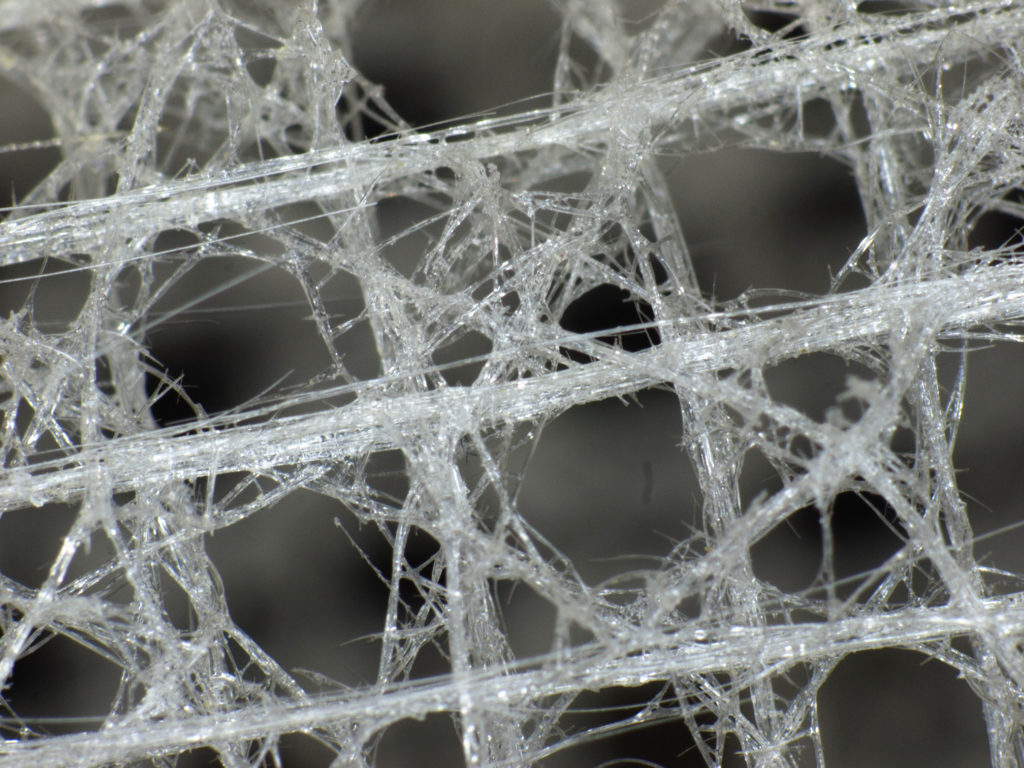
Further, for a given amount of material, the sponge’s diagonal reinforcement strategy delivers the highest buckling resistance, which on implementing to a greater scale can build stronger and more resilient structures by effectively reconstructing existing material within the structure. Diagonal lattice architectures use multiple small, closely spaced diagonal beams to evenly distribute applied loads and can be found in covered bridges and storage shelf made of metal. This geometry was patented in the early 1800s, as a method to make sturdy bridges out of lightweight and cheap materials.
Apparently, such square lattices in construction are not optimal, require a greater amount of material, and limit the height of the design. One of the main aims of this research was to make these structures more efficient from the perspective of material allocation; achieving the same strength using less material.
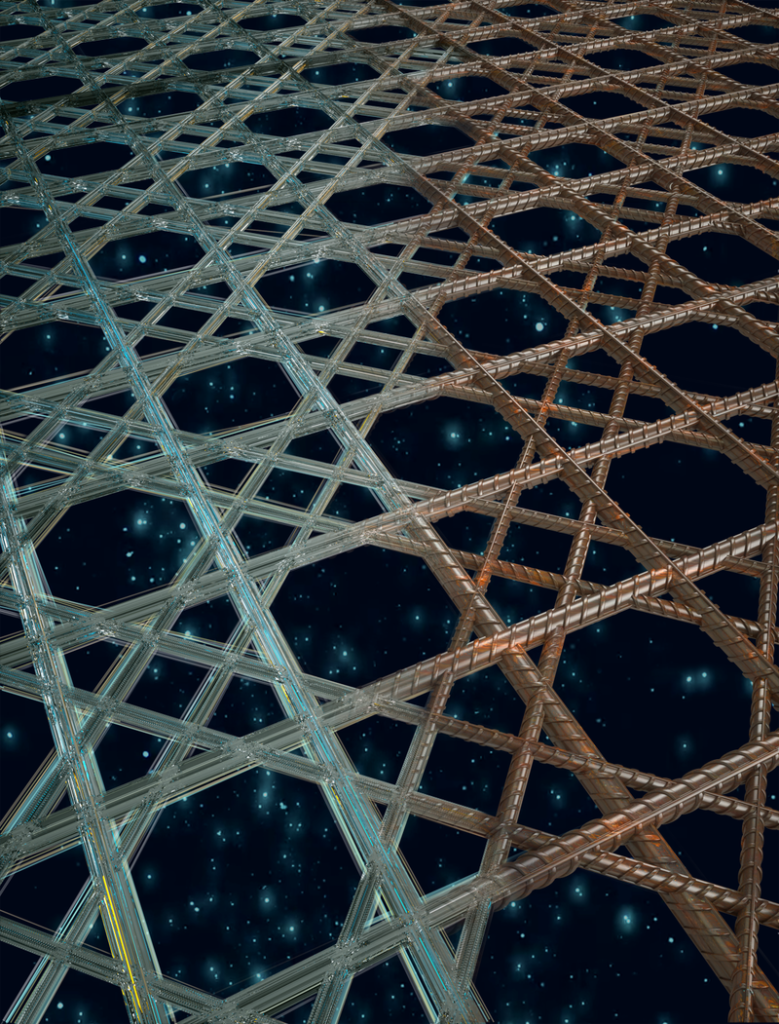
The glass sponges are otherwise known as Venus’ Flower Basket supports its tubular body by employing two sets of parallel diagonal skeletal struts, which intersect over and are fused to an underlying square grid, to form a robust checkerboard-like pattern.
The researchers used simulations and computational approaches for replicating this design and compared existing lattice geometries to the sponge’s skeletal architecture. The sponge design proved to be more optimized and better, it could withstand more load without buckling. The researchers also observed improvement in overall structural strength by more than 20 percent due to the paired parallel crossed-diagonal structure.
All this was achieved without the need to add extra new material.
“Our research demonstrates that lessons learned from the study of sponge skeletal systems can be exploited to build structures that are geometrically optimized to delay buckling, with huge implications for improved material use in modern infrastructural applications,” said Katia Bertoldi, Ph.D., a former Associate Faculty member of the Wyss Institute. The biologically-inspired geometry could pave the way towards designing lighter, stronger structures for extensive applications and indeed a marvel to engineering.
With inspiration of mother nature and perseverance to build most useful and stand-out engineering; we humans have evolved a lot.
To know how engineering will help in developing cleaner and greener energy storage options; Click Here


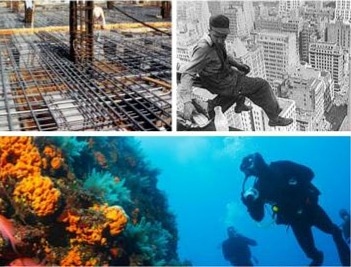

You made some good points there. I looked on the internet to find out more
about the issue and found most people will go along with your views on this website.
When I initially commented I seem to have clicked on the -Notify me when new comments are added- checkbox and now whenever a comment
is added I get 4 emails with the exact same comment.
There has to be a means you can remove me from that service?
Thank you!